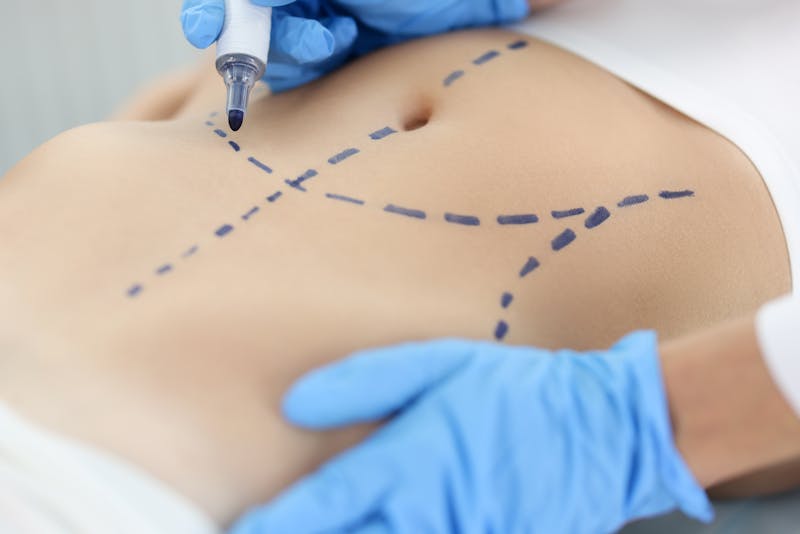
When considering a tummy tuck (abdominoplasty), one common concern for many people is scarring. While a tummy tuck can significantly improve the appearance and contour of the abdomen by removing excess skin and tightening muscles, it does involve an incision that leaves a scar. Fortunately, understanding a few interesting aspects of tummy tuck scars can help you better prepare for and manage the results.
1. Location of the Scar
Tummy tuck scars are typically located low on the abdomen, just above the pubic area. Surgeons strategically place this incision in a location that allows it to be concealed by underwear or bathing suits. This means that even though a scar will be present, it’s positioned where it’s less likely to be visible in most clothing.
2. Scars Can Often Be Combined with C-Section Scars
For women who have previously had a C-section, a tummy tuck offers a unique advantage: the incision for the tummy tuck can often be made to align with, or slightly overlap, the existing C-section scar. In many cases, the C-section scar is removed entirely during the procedure, leaving just one scar instead of two. This allows for a cleaner, more streamlined appearance without additional scarring, which can be a relief for those concerned about multiple abdominal scars.
3. Scar Shape and Length Depend on the Procedure Type
The type of tummy tuck procedure influences the length and shape of the scar. For a traditional (full) tummy tuck, the incision usually spans from one hip to the other, resulting in a longer, horizontal scar. A mini tummy tuck, which is typically recommended for those with minimal excess skin or muscle laxity, requires a smaller incision, usually around the bikini line, resulting in a shorter scar. Extended tummy tucks, which target the abdomen and the flanks, involve longer incisions and therefore longer scars.
4. Healing and Scar Fading Over Time
Like any surgical scar, tummy tuck scars go through a healing process that evolves over time. Initially, scars may appear pink or red, and some swelling is normal in the early months after surgery. However, as time passes, the scar will generally fade and become less noticeable. This process can take a year or longer, and individual healing rates can vary. Patience is key, as scars tend to continue lightening well into the months following surgery.
5. Scar Treatments Can Minimize Appearance
There are a variety of treatments available to help minimize the appearance of tummy tuck scars. Silicone sheets, scar creams, and gels are commonly recommended by surgeons and can be effective in softening and fading scars. Laser treatments, microneedling, and injections are also options for those looking to further reduce scar visibility. Following your surgeon’s aftercare instructions can also improve healing and minimize scarring.
6. Genetics and Skin Type Affect Scarring
It’s important to note that individual genetics play a role in how scars form and heal. Some people are more prone to developing thick, raised scars known as hypertrophic scars or keloids, especially individuals with darker skin tones. Discussing this with your surgeon beforehand can help you set realistic expectations and plan for scar management techniques that suit your skin type.
7. Tummy Tuck Scars Are Worth the Transformation for Many
While a tummy tuck scar is a part of the process, many people find the trade-off well worth it for the improved contour and flatter, firmer abdomen they gain. Proper aftercare, patience, and potentially exploring scar treatments can make a significant difference in the final appearance of the scar, leaving most patients highly satisfied with their results.
In summary, while tummy tuck scars are inevitable, understanding their characteristics, placement, and healing process can help you manage expectations and optimize your recovery journey. Modern surgical techniques, combined with effective scar treatments, make it possible to enjoy the results of a tummy tuck without worrying too much about visible scarring.
Contact Rios Plastic Surgery for more information.
Back to Blog

